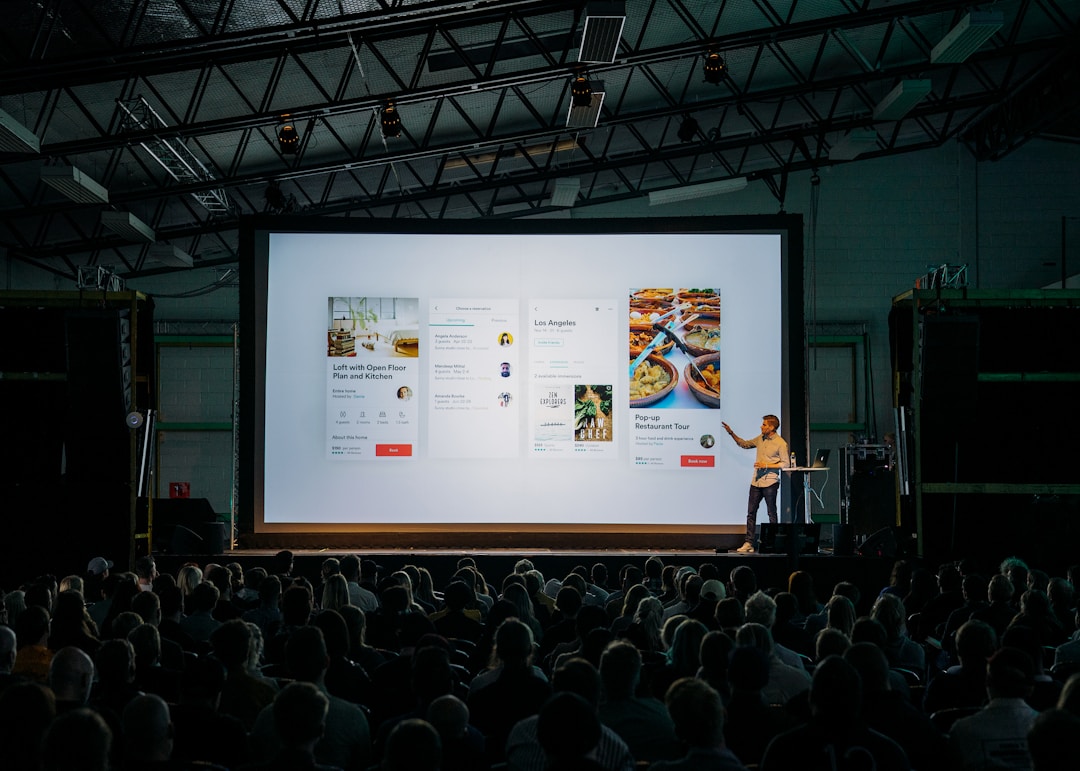Content Attributes
In the world of event planning, the difference between a memorable event and one that fades into the background often lies in the quality of its presentations. Engaging an audience is no small feat; it requires a delicate balance of content, delivery, and visual appeal. Whether you’re organizing a conference, a workshop, or any gathering that involves sharing information, captivating your audience is key. This article explores practical tips for creating event presentations that not only hold attention but also inspire and inform.
Understand Your Audience
Before diving into the specifics of your presentation, take a moment to consider who will be in your audience. Understanding their interests, knowledge level, and what they hope to gain from your event can guide your content creation. Tailor your message to speak directly to their needs and curiosity. This personalized approach makes your presentation more relatable and engaging. If you’re unsure about how to best approach this, you may want to set up a consultation for event presentation support to get expert insights tailored to your audience.
Moreover, soliciting audience feedback in the early planning stages can be invaluable. Surveys or social media polls can help you gauge interests and expectations, allowing you to fine-tune your presentation to better meet the audience’s needs.
Leverage Storytelling

One of the most powerful tools in your presentation arsenal is storytelling. A well-crafted story can captivate an audience, making complex information accessible and memorable. Start with a compelling narrative that includes a challenge, a journey, and a resolution. This structure not only keeps your audience engaged but also helps them see the relevance and application of the information.
Additionally, don’t shy away from personal stories or anecdotes. Sharing your experiences or those of others related to your topic can humanize your presentation and forge a stronger connection with your audience. This emotional engagement is key to keeping them invested in your message.
Incorporate Interactive Elements
Interactivity can transform a passive listening experience into an active engagement opportunity. Consider incorporating elements such as live polls, Q&A sessions, or interactive quizzes. These tools not only break up the monotony of a one-way presentation but also give the audience a voice, making them feel like an integral part of the event.
Moreover, technology can be a great ally in enhancing interactivity. Use apps or platforms that facilitate real-time feedback or allow audience members to submit questions digitally. This not only increases participation but also caters to the diverse communication preferences within your audience.
Design Visually Compelling Slides

The visual aspect of your presentation plays a crucial role in keeping your audience engaged. Avoid cluttered slides filled with text. Instead, opt for a clean, visually appealing design that uses high-quality images, charts, and infographics to complement your message. Each slide should be a visual aid that enhances understanding, not a script that competes for attention.
In addition, be mindful of color schemes and fonts. Choose combinations that are easy on the eyes and ensure your text is legible from a distance. Remember, the goal is to support your spoken words with visuals that clarify and emphasize key points, not to overshadow them.
Practice and Polish Your Delivery
Even the most well-designed presentation can fall flat without effective delivery. Practice your presentation multiple times to refine your pacing, tone, and body language. Aim for a natural and confident delivery that demonstrates your familiarity with the material. This confidence can be contagious, making the audience more receptive to your message.
It’s also important to be adaptable. Be prepared to adjust your delivery based on the audience’s response. If you notice engagement waning, don’t be afraid to veer off script slightly to re-engage them, whether through humor, a provocative question, or a brief interactive break.
Conclusion: The Art of Engagement
Creating captivating event presentations is an art form that requires thoughtful preparation, audience understanding, and a touch of creativity. By tailoring your content, leveraging storytelling, incorporating interactivity, designing visually compelling slides, and polishing your delivery, you can transform any presentation into an engaging and memorable experience. Remember, the goal is not just to inform but to inspire and connect with your audience on a deeper level. With these tips in mind, you’re well on your way to making your next event presentation a standout success.